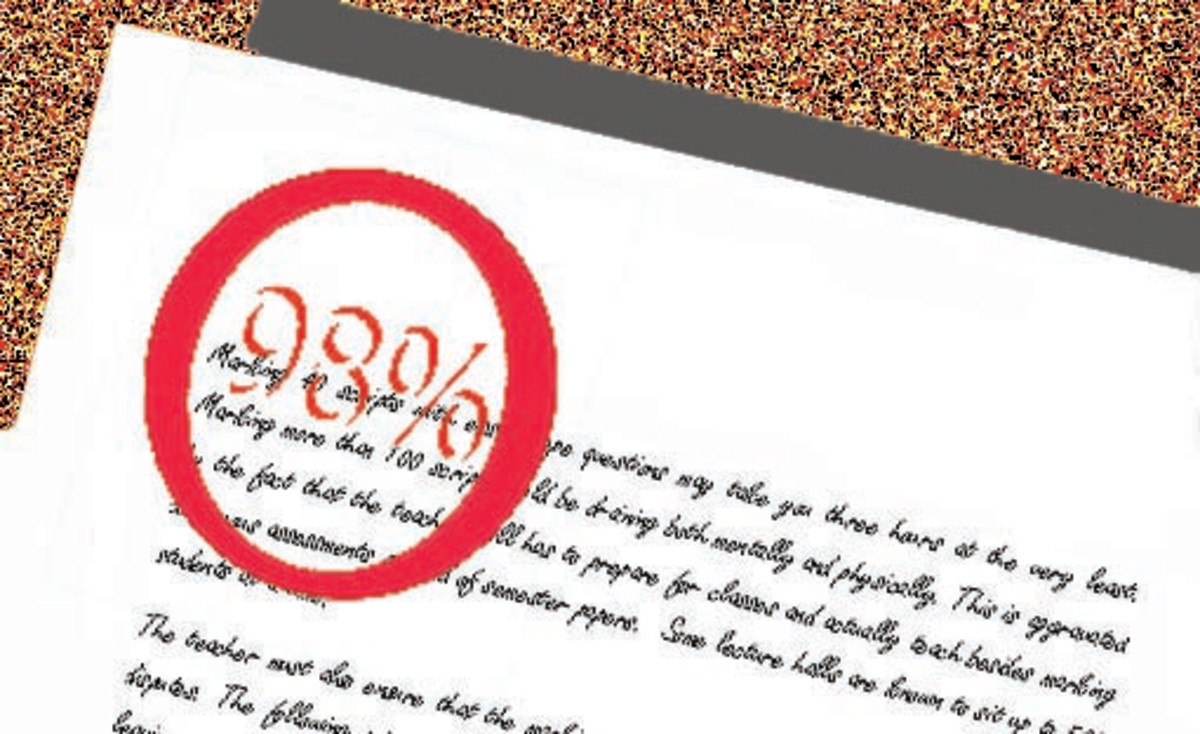Explanation of a Basic College Syllabus

What is a syllabus?
A syllabus is an outline or summary of what a student should expect throughout the course. It is a sort of contract between teacher and student, and lets the student know about upcoming assignments, and tests, and deadlines for coursework. Often, teachers will include extracurricular reading, suggestions, and hints on how to be a successful student.
Benefit to Student
A college syllabus is often a course requirement, much like a textbook. Although students may be hesitant to incur additional costs of purchasing a syllabus, some teachers include course outlines or supplemental readings in their syllabus. Not purchasing a syllabus may severely hinder course success.
Additionally, the course syllabus will answer a lot of questions about classroom assignments, such as when an assignment is due, if you need a title page, how many pages an assignment should be, or the teacher's hours of availability. Having the answers to those questions on-hand in syllabus form, will save the student a lot of time and stress sending emails or waiting to ask a teacher a question in class.
Syllabi allow students to get an overall understanding of their instructor's teaching philosophy and overall intent in the class. This aspect is important as most teachers don't write the course textbook, and may want to emphasize some things more than others.
Depending upon your collegiate institution, your class syllabus may be available in print form, online, or both.
Linda Nilson's Book
Benefit for Teacher
Nilson (2010) explains that creating and using a syllabus is one of the most beneficial things a newly hired or inexperienced teacher can do, because it can ultimately save time in the classroom and answer student questions before a student even realizes he has a question.
Ultimately, preparing the syllabus is one of the greatest ways for the new teacher to prepare for teaching the course. The well-written syllabus also allows teachers to address any issues on their personal policy— such as deductions for late assignments and attendance— as well as expected student questions, and tips for students taking the course. Determining this information before the course begins aligns all parties involved, and allows for cohesive learning.
Nilson suggests that instructors include course information — such as prerequisites, required course textbooks and other supplies needed — to allow students time to adequately acquire such supplies. Of utmost importance, is a list of coursework requirements, explanation of assignments, project descriptions, and teaching policies — such as late policies, grading scale, and policies on plagiarism and cheating. Having such information in writing, Nilson suggests, protects the teacher from legal recourse and from student complaints to the institution (pp. 36-37).
Teachers may find the need to alter a syllabus from semester to semester, to accommodate differences in class length or due to a change in plan. For example, a teacher teaching a course meeting twice a week for one-hour will likely alter his course plans if the next semester the class meets once a week for a two-hour stretch.
References
Nilson, L.B. (2010). Teaching at its best. San Francisco, CA: Jossey Bass.









